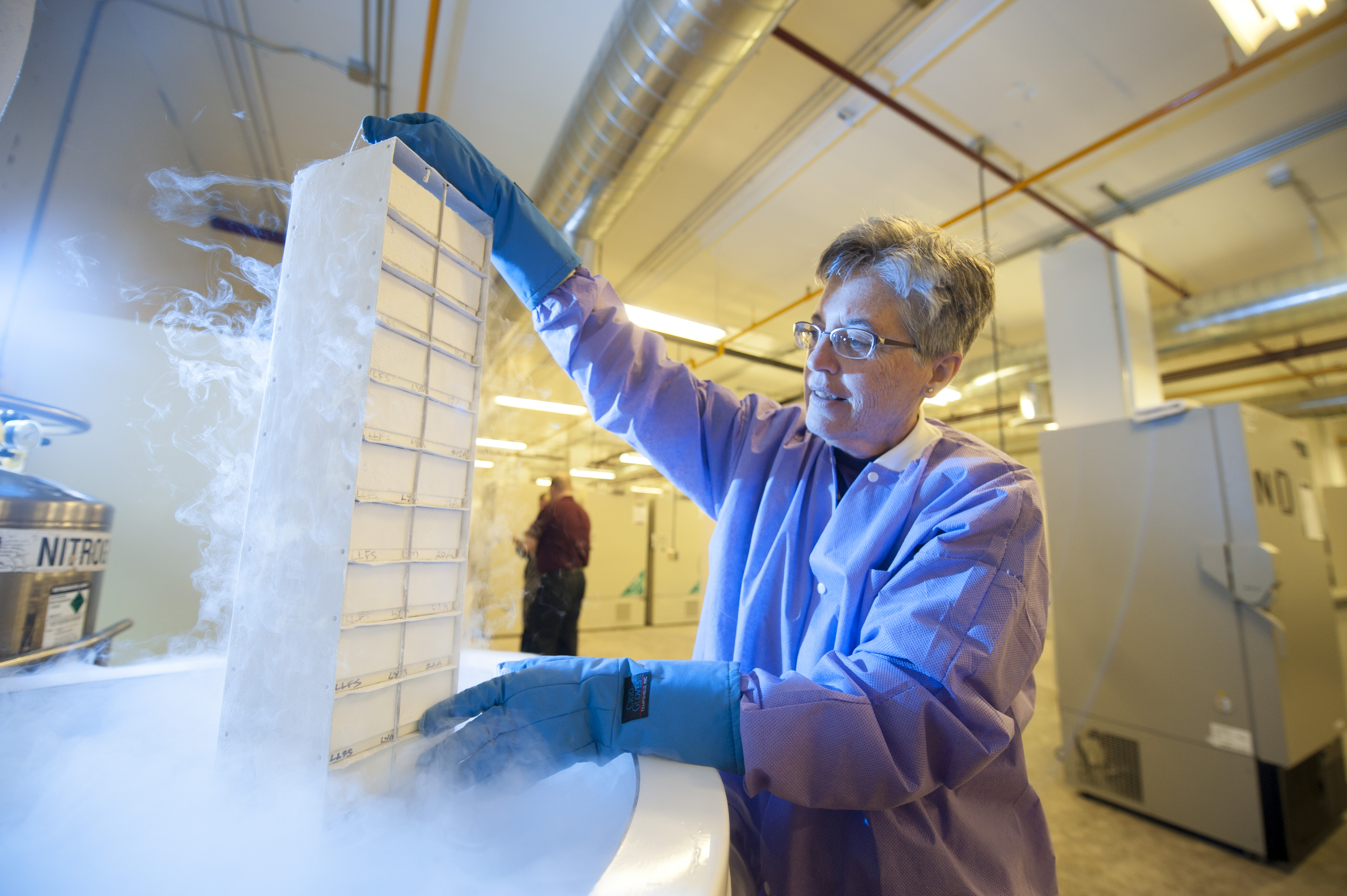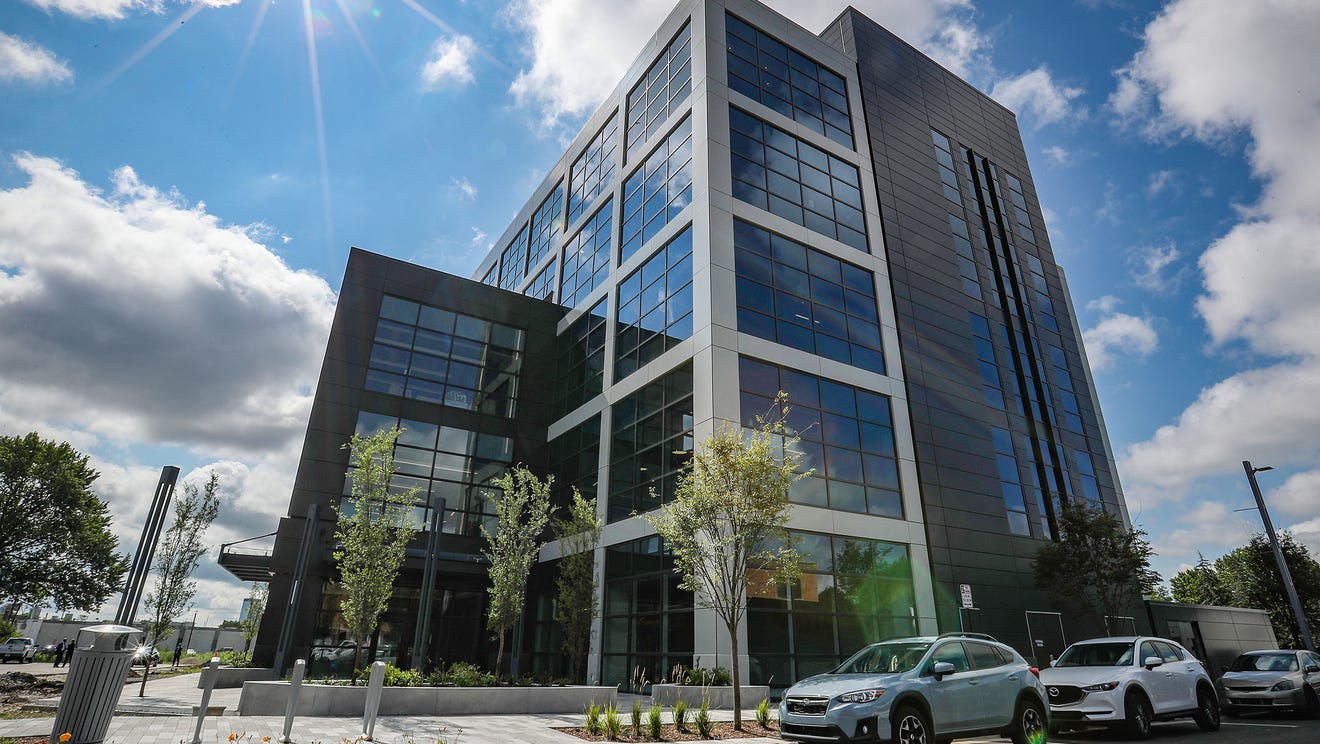mGFR vs. eGFR

Each year, kidney disease kills more than 14 people out of every 100,000, making it America’s ninth leading cause of death. Current statistics show, in the United States alone, 20 million people are diagnosed with chronic kidney disease (CKD) and another 20 million people are at risk of developing it.
Kidney failure claims more lives in the U.S. each year than breast cancer and colorectal cancer combined. It also claims three times as many lives as prostate cancer.
Acute Kidney Injury (AKI) is a deadly disease process affecting up to 20% of all U.S. hospitalized patients and 30% of Intensive Care Unit patients. A patient is eight times more likely to die if they develop AKI during their stay in the ICU. AKI’s prevalence in hospitalized patients has increased fivefold in the last twelve years. The severity of kidney injury determines hospital outcomes and is directly correlated to length of hospital stay, hospital costs, the need for renal replacement therapy, and mortality rates. There is currently no clinically viable way to quantify the severity of kidney injury.
Chronic kidney disease (CKD) is at epidemic levels as indicated by present clinical data. It is estimated that this disease affects 500 million people. Owing to an increase in the incidence of diabetes mellitus and hypertension, the National Institutes of Health estimate that one in eight Americans have CKD. The diabetes epidemic is expected to rapidly grow the number of patients with CKD.
End stage renal disease (ESRD) is the progression of CKD. Each year, approximately 490,000 patients are treated for ESRD. The cumulative global cost from dialysis and transplantation over the next decade is predicted to exceed $1 trillion.




